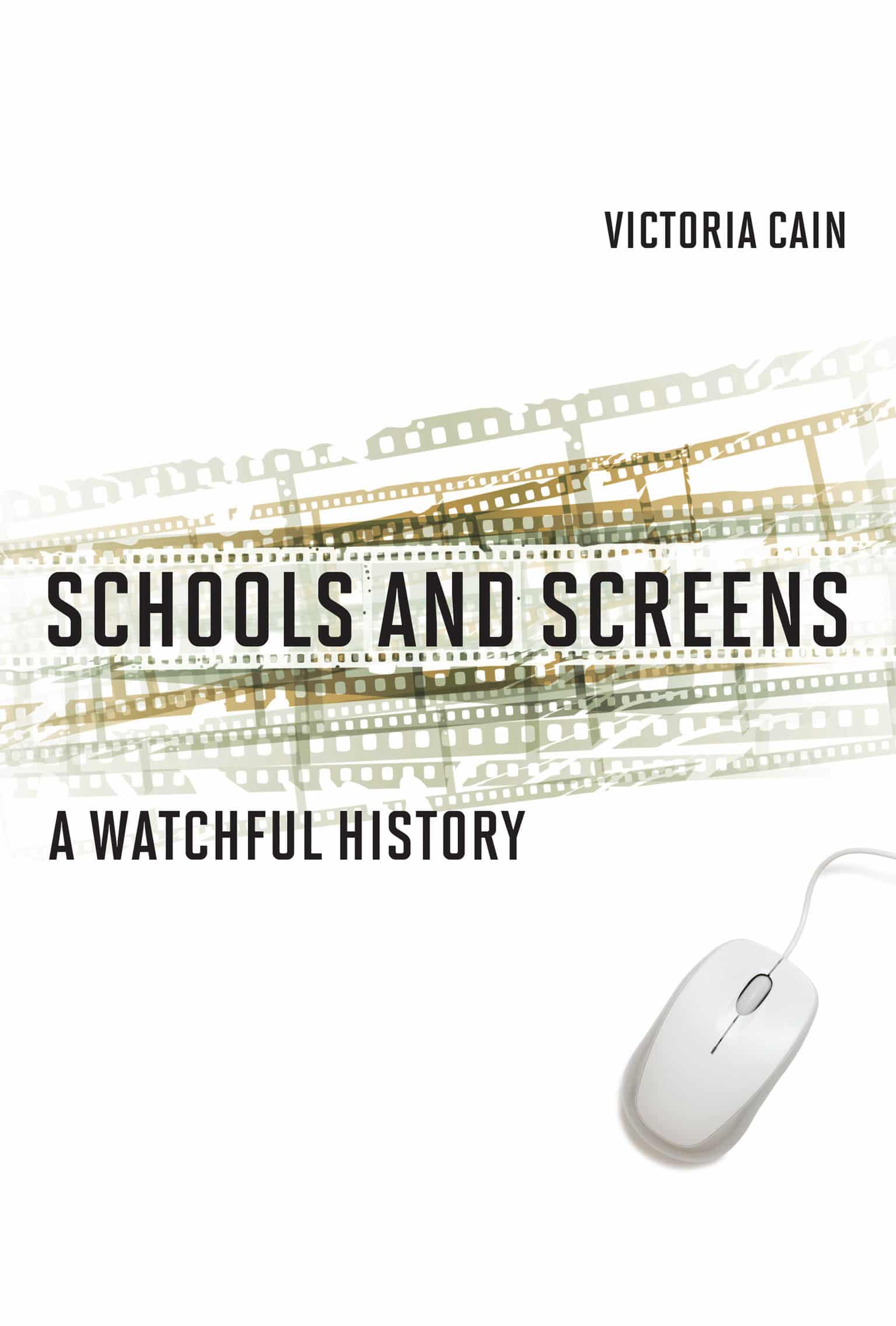A Watchful History: Schools and Screens
29.95 JOD
Please allow 2 – 5 weeks for delivery of this item
Description
Why screens in schools—from film screenings to instructional television to personal computers—did not bring about the educational revolution promised by reformers.Long before Chromebook giveaways and remote learning, screen media technologies were enthusiastically promoted by American education reformers. Again and again, as schools deployed film screenings, television programs, and computer games, screen-based learning was touted as a cure for all educational ills. But the transformation promised by advocates for screens in schools never happened. In this book, Victoria Cain chronicles important episodes in the history of educational technology, as reformers, technocrats, public television producers, and computer scientists tried to harness the power of screen-based media to shape successive generations of students. Cain describes how, beginning in the 1930s, champions of educational technology saw screens in schools as essential tools for training citizens, and presented films to that end. (Among the films screened for educational purposes was the notoriously racist Birth of a Nation.) In the 1950s and 1960s, both technocrats and leftist educators turned to screens to prepare young Americans for Cold War citizenship, and from the 1970s through the 1990s, as commercial television and personal computers arrived in classrooms, screens in schools represented an increasingly privatized vision of schooling and civic engagement. Cain argues that the story of screens in schools is not simply about efforts to develop the right technological tools; rather, it reflects ongoing tensions over citizenship, racial politics, private funding, and distrust of teachers. Ultimately, she shows that the technologies that reformers had envisioned as improving education and training students in civic participation in fact deepened educational inequities.
Additional information
| Weight | 0.5249602 kg |
|---|---|
| Dimensions | 2.3368 × 16.002 × 23.622 cm |
| by | |
| Format | Hardback |
| Language | |
| Pages | 280 |
| Publisher | |
| Year Published | 2021-10-19 |
| Imprint | |
| Publication City/Country | USA |
| ISBN 10 | 0262045230 |
| About The Author | Victoria Cain is Associate Professor of History at Northeastern University and coauthor of Life on Display: Revolutionizing U.S. Museums of Science and Natural History in the Twentieth Century. |
| Other text | “Victoria Cain has produced our most sophisticated history of educational technology in the United States. Anyone who wants to understand the allure of the screen in school—and how it illuminated key ideas of race, citizenship, and education itself—will have to look at this brilliant book.”—Jonathan Zimmerman, Professor of History of Education, University of Pennsylvania; author of The Amateur Hour: A History of College Teaching in America “An important and timely look at the social history of screens and the very long-running battles over whether they’ll ruin or save education.”—Audrey Watters, author of Teaching Machines: The History of Personalized Learning “Cain’s unflinching and deeply researched account of the promises and realities of screens in schools over the last century should be required reading for anyone wanting to understand technology in education.”—Morgan G. Ames, author of The Charisma Machine: The Life, Death, and Legacy of One Laptop per ChildFinalist, Media Ecology Association Book Awards, 2022 |
| Table Of Content | Introduction 11. Civic Spectatorship: Making Citizens through Screens, 1933-1946 132. Better Teaching Through Technology, 1953-1962 433. Multimedia for Thinking and Feeling, 1962-1974 754. Critical Viewing: Literacy and Media in a Televised Age, 1969-1992 1055. Personal Screens, 1977-2000 141Conclusions 175Acknowledgments 187Archival Abbreviations 189Notes 191Index 261 |
Only logged in customers who have purchased this product may leave a review.






Reviews
There are no reviews yet.